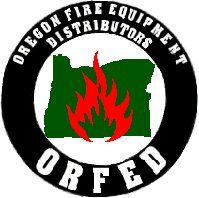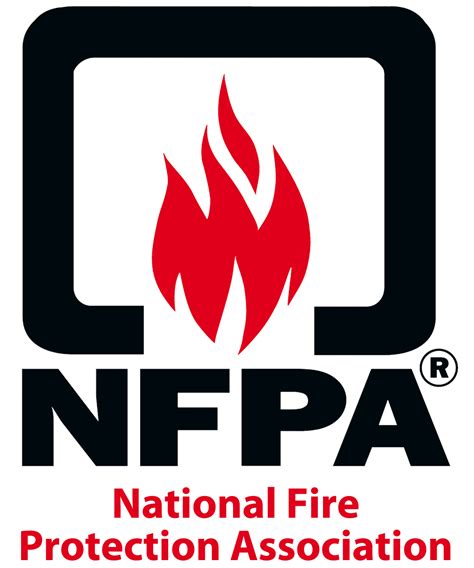Call Us: 800-842-3300
(541) 229-0911 - 1353 SE Pine St, Roseburg,
OR 97470
(541) 772-1094
- Medford, OR 97501
(541) 756 - 6066
- North Bend, OR 97459
(541)-726-7287 - 3773 Main Street Springfield, OR 97478
Fire Hydrant Testing
Fire Hydrant Testing
Why do we test fire hydrants?
Testing ensures that hydrants are in full working order and verifies their flow capacity. Someone could also accidentally turn off the fire hydrant water valve and it would not be noticed until it is needed during a fire.
How do we test a fire hydrant?
In order to determine that a fire hydrant is capable of meeting fire flow requirements, Umpqua Valley Fire Services employees must open the hydrants and discharge water from the hydrant at a very high flow rate.
We will be testing:
- Static pressure: Available water pressure.
- Residual pressure: Available water pressure that is left over during flow.
- Flow pressure: Pressure that is flowing.
How does this affect the street where the testing takes place?
While fire hydrant testing is a routine maintenance procedure, it may result in temporary inconveniences. High flow rate discharge during testing disturbs sediments in the water distribution system. This often results in brown or rust-colored water. Hydrant testing may also reduce regular water pressure. Reduced water pressure should only be intermittent as the hydrants are being tested. Your regular water pressure will return to normal once the flow testing is complete.
What should you do while hydrants are being tested on your street?
We recommend that you turn off your taps for 10 to 20 minutes while crews are testing the fire hydrants on your street and do not do laundry during that time. This should allow work crews enough time to complete the test. When work crews have left the area, turn on one of the COLD water taps in your home for a few minutes to flush out the system.
If you detect
brown or rust-colored water, do not drink the water or wash your laundry. While discolored water is not harmful to your health, it can stain laundry.
Additional Services
(541)-229-0911 - 1353 SE Pine St, Roseburg
(541) 772-1094
- Medford
(541) 756 - 6066
- North Bend
(541)-726-7287 - 3773 Main Street Springfield
Toll Free:
1-800-842-3300
Email:
sales@uvfs.net




1353 SE Pine Street, Roseburg
3773 Main Street, Springfield
Licensed*Bonded*Insured
DOT#C313
Images provided on this website are for personal, non-commercial use. Republication, retransmission, or reproduction of such images is strictly prohibited.




